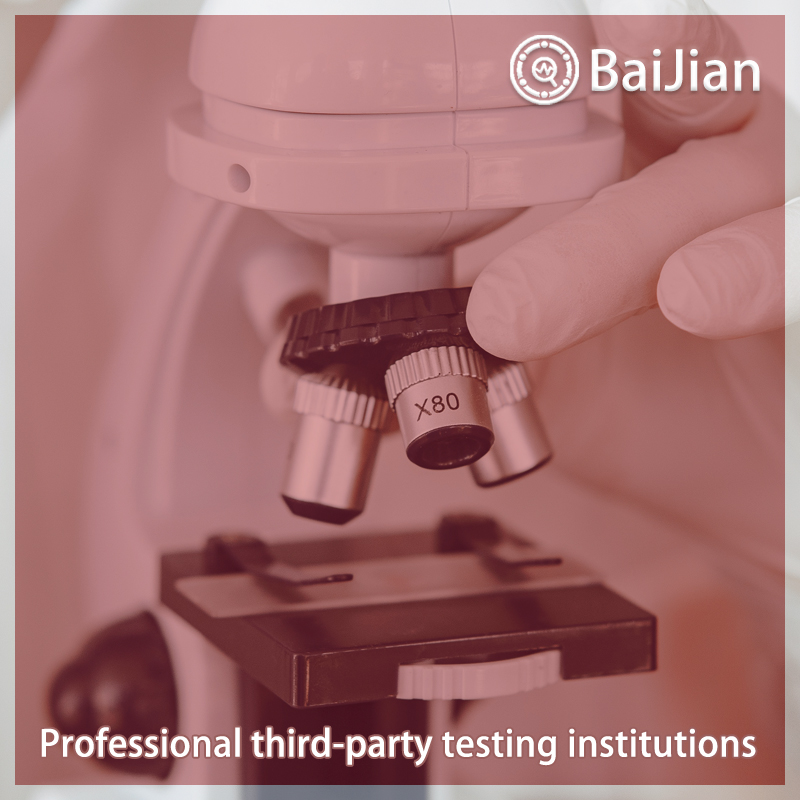
This part of GB 7000 specifies the general requirements for lighting fixtures that use electric light sources and have a power supply voltage not exceeding 1000 V. The requirements and related tests proposed in this section include classification, labeling, mechanical structure, electrical structure, and photobiosafety. Each chapter of this section should be related to the О Read the chapter together with other relevant chapters cited. Each standard in Part 2 of GB 7000 specifies the specific requirements for a specific type of lamp or group of lamps with a power supply voltage not exceeding 1000 V. For ease of revision, these sections are published separately and additional sections are added when necessary. The expression of lamp photometric data was considered and proposed by the International Commission on Illumination (CIE), so this section does not cover it. This section includes the requirements for lamps with triggers with nominal pulse voltage peaks not exceeding the values in Table 11.2. These requirements apply to lighting fixtures where the trigger is installed inside the ballast and the trigger is separated from the ballast. The requirement for lighting fixtures with triggers installed inside the light source is currently under consideration. This section contains requirements for half of the lighting fixtures. Overall, this section includes safety requirements for lighting fixtures. The purpose of this section is to provide a set of requirements and tests applicable to most types of lighting fixtures, and to be referenced by specific standards in Part 2 of GB7000. Therefore, the provisions of this part should not be regarded as provisions for any type of lamp. The provisions of this part are only applicable to specific types of lamps within the scope specified in the special requirements section of the GB7000 standard. The standard in Part 2 of GB 7000 specifies the applicability, testing sequence, and some necessary additional requirements of a certain chapter when referring to the requirements of this part. The chapter numbers in this section have no special significance, and the order of applicable clauses for each type of lamp or group of lamps is specified by the corresponding GB7000 Part 2 standard. All standards in Part 2 of GB7000 are independent and do not refer to other special requirements within the standard. When the standard in Part 2 of GB 7000 refers to the requirements of any chapter in this part with the wording "Application (requirements in GB 7000.1", this sentence should be interpreted as: except for specific types of lamps covered by the standard in Part 2 of GB 7000 that are clearly not applicable, all requirements of this chapter in this part apply. For explosion-proof lamps covered by IEC 60079, in addition to the requirements of IEC 60079, they should also comply with the GB 7000 standard (select the applicable one in Part 2 of GB7000) When there is a conflict between the GB7000 standard and the IEC 60079 standard, the provisions of IEC 60079 take precedence. Attention should be paid to the performance standards of light sources containing "lamp design information". In order to ensure the normal operation of the light source, these requirements should be followed. However, this part does not require the light source performance test to be recognized as a part of the lamp type test. The safety improvements brought about by the technological state of the process are reflected in the standard based on ongoing revisions and modifications. Regional standardization agencies may have a declaration in their derived standards that covers products that comply with the manufacturer's or standardization agency's previous documentation. The declaration can propose a time requirement for the application of standards for such products, that is, until the specified date when the new standard should be used, the previous standard can continue to be used in production
Function of testing report:
1. Project bidding: Issue authoritative third-party CMA/CNAS qualification report
2. Online e-commerce platform entry: Quality inspection report recognized by major e-commerce platforms 3. Used as a sales report: issuing legally effective testing reports to make consumers more confident 4. Papers and research: Provide professional personalized testing needs 5. Judicial services: providing scientific, fair, and accurate testing data 6. Industrial problem diagnosis: Verify the troubleshooting and correction of industrial production problemsBaijian and testing process:
1. Telephone communication and confirmation of requirements
2. Recommend solutions and confirm quotations 3. Mail samples and arrange testing 4. Progress tracking and result feedback 5. Provide reports and after-sales service 6. If urgent or priority processing is requiredTesting and testing characteristics:
1. The testing industry is fully covered, meeting different testing needs
2. Fully cover the laboratory and allocate localized testing nearby3. Engineers provide one-on-one services to make testing more accurate
4. Free initial testing, with no testing fees charged
5. Self service order delivery for free on-site sampling
6. Short cycle, low cost, and attentive service 7. Possess authoritative qualifications such as CMA, CNAS, CAL, etc 8. The testing report is authoritative and effective, and is generally used in China